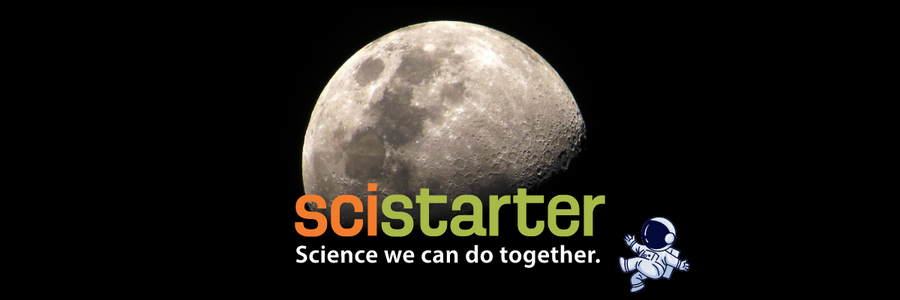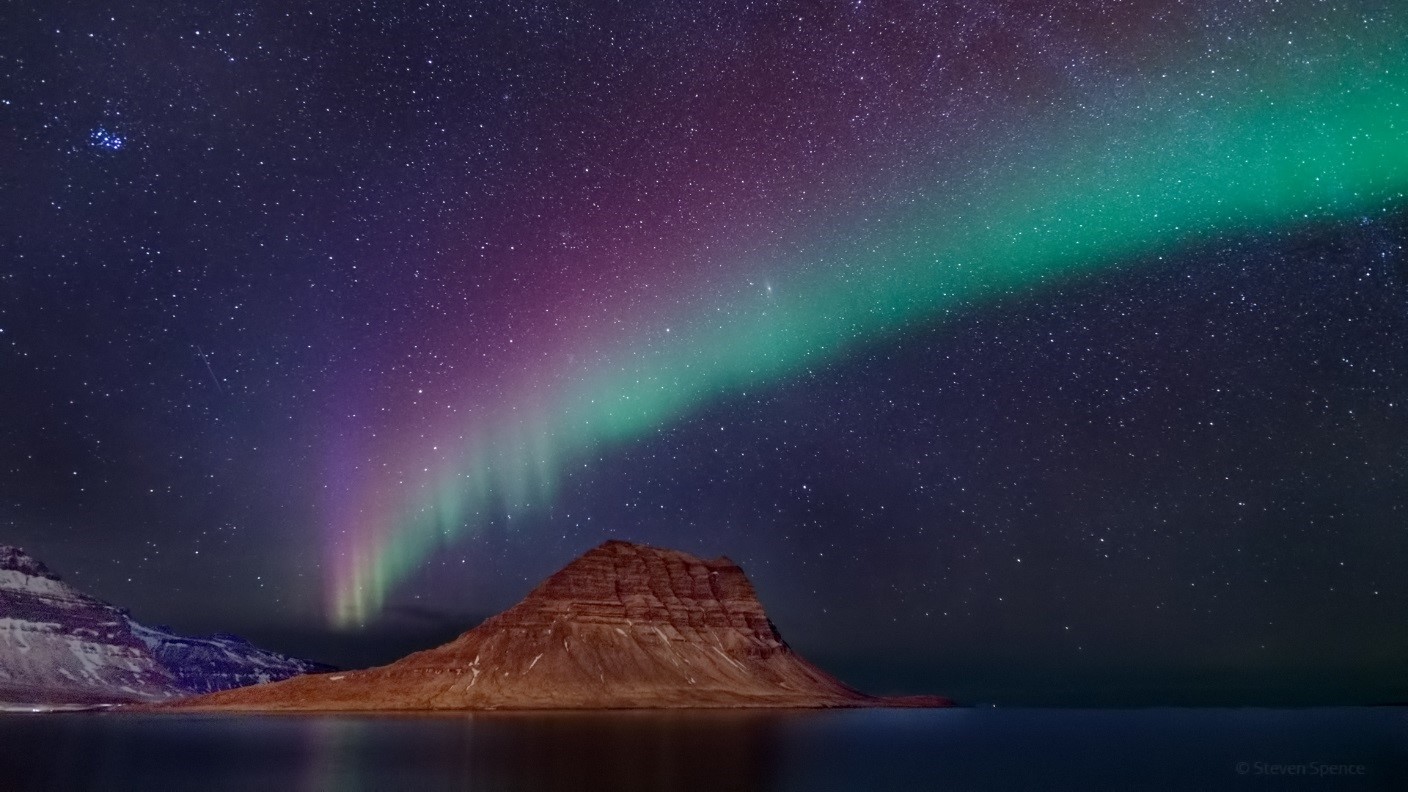From surveying the Moon to listening in on Jupiter’s radio waves, these celestial citizen science projects will take you out of this world.
The SciStarter Blog
October 1st is International Observe the Moon Night!
Come together with fellow Moon enthusiasts and curious people worldwide to learn about lunar science and exploration, participate in celestial observations and honor our connection to the Moon. Our Moon will be near its first quarter ― a great time for observing.
Interested in more ways we can come together to do citizen science astronomy? Participate in these citizen science projects that further our understanding of the universe beyond the Moon!
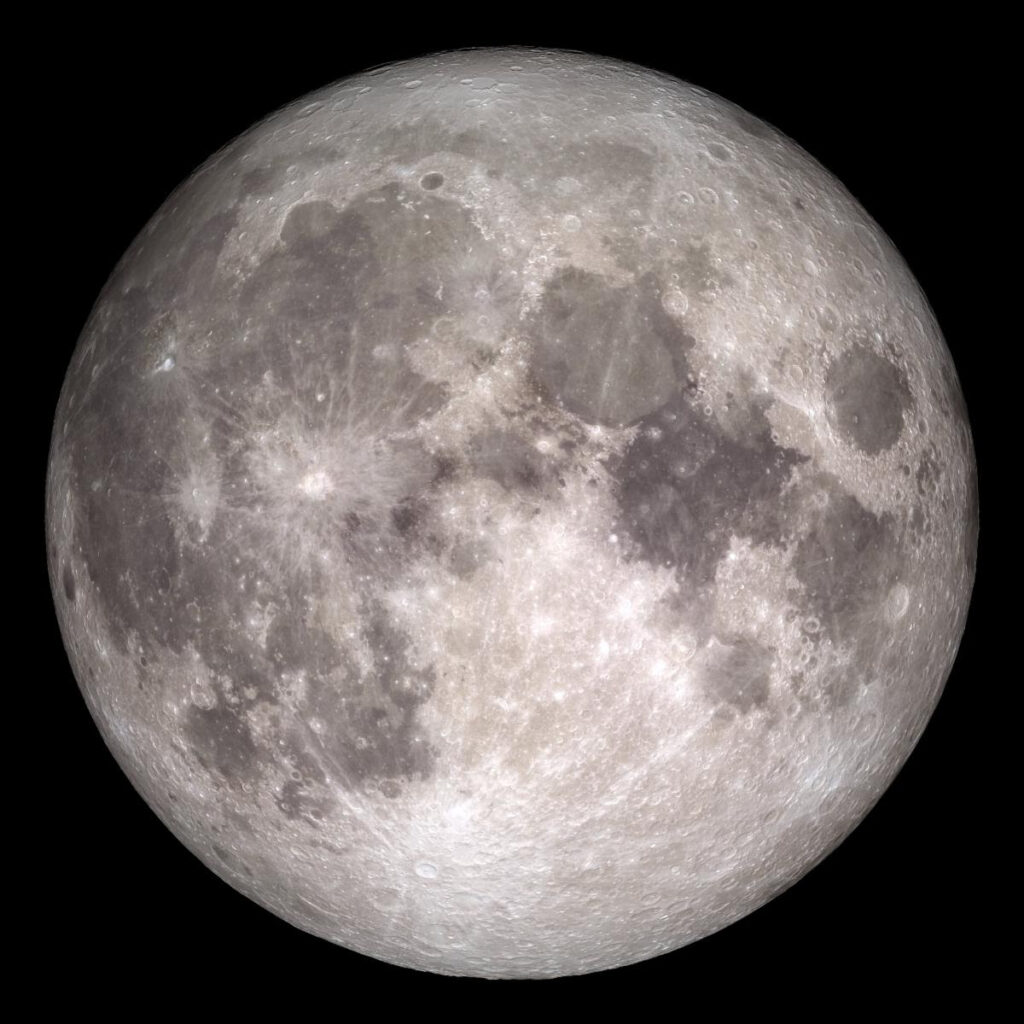
10 Ways to Observe the Moon (from NASA!)
On International Observe the Moon Night (October 1), people around the world are learning about and observing the Moon! Here are NASA’s simple tips for how to join in from wherever you are.
Location: Global
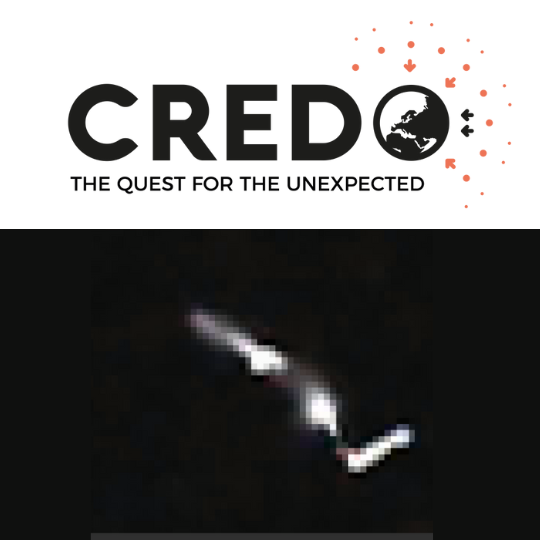
CREDO
The earth is exposed to a continuous rain of cosmic particles – detect them with your phone. Download the app to help identify cosmic rays and aid data analyzation with Cosmic Ray Extremely Distributed Observatory (CREDO).
Location: Global
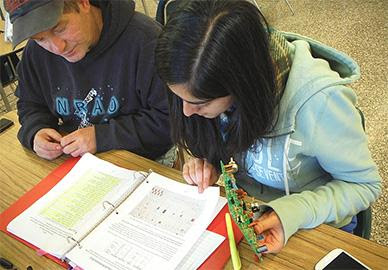
Radio JOVE
Observe and analyze natural radio emissions of Jupiter, the Sun and our galaxy using your very own easy to construct radio telescope or by using remote radio telescopes online.
Location: Global
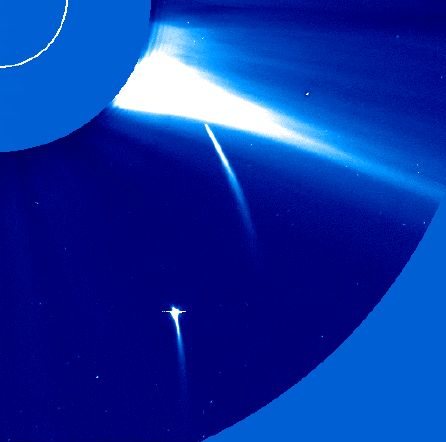
The Sungrazer Project
Find new comets in our solar system with the Sungrazer Project from NASA. Volunteers with the project have found thousands of comets to date — could you be next?
Location: Global
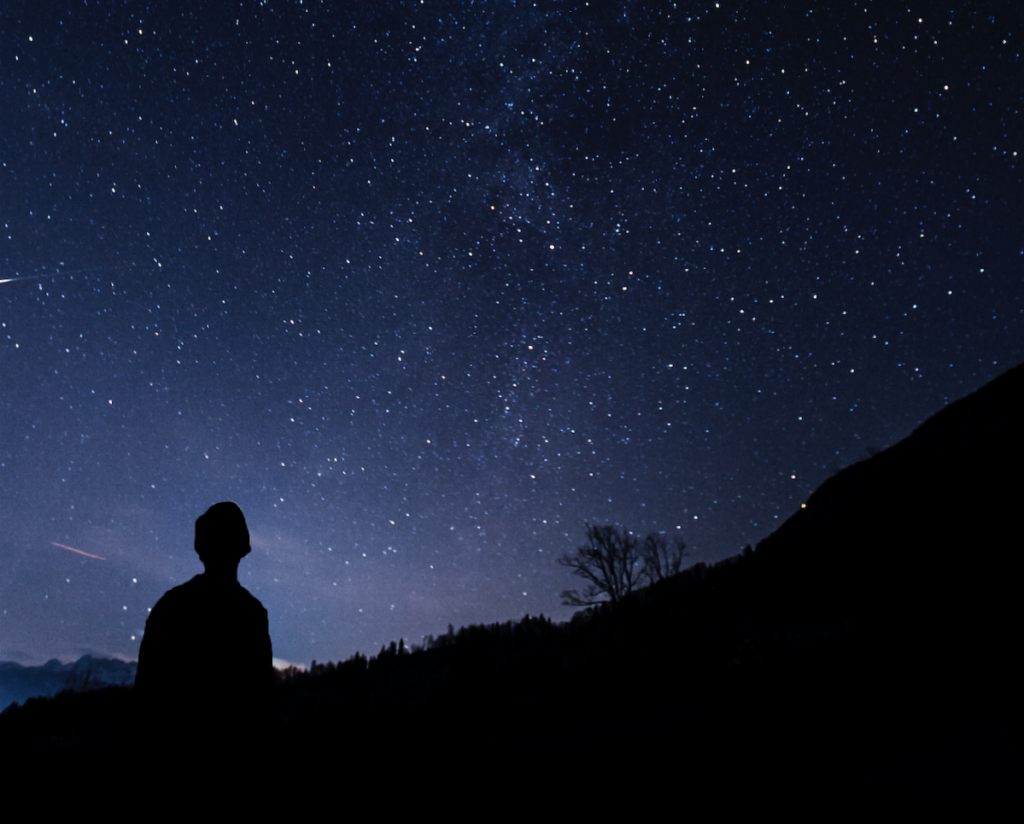
Dark Sky Citizen Science Program
Life on Earth has relied on Earth’s predictable rhythm of day and night. It’s encoded in the DNA of all plants and animals. In just the last few hundred years, humans have radically disrupted this cycle by lighting up the night.
Aid scientists studying how light impacts our view of the night sky with these citizen science projects.
Location: Global

